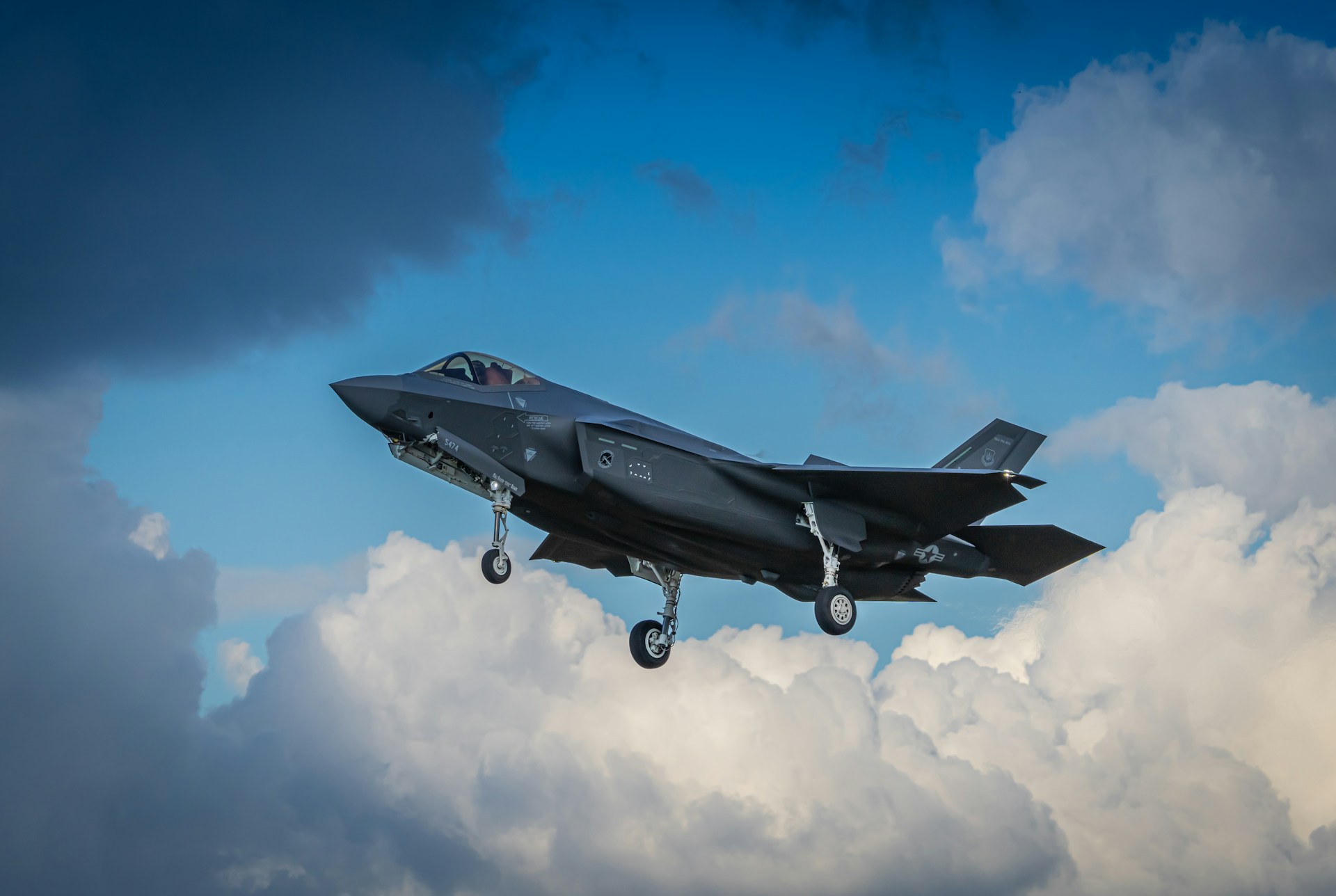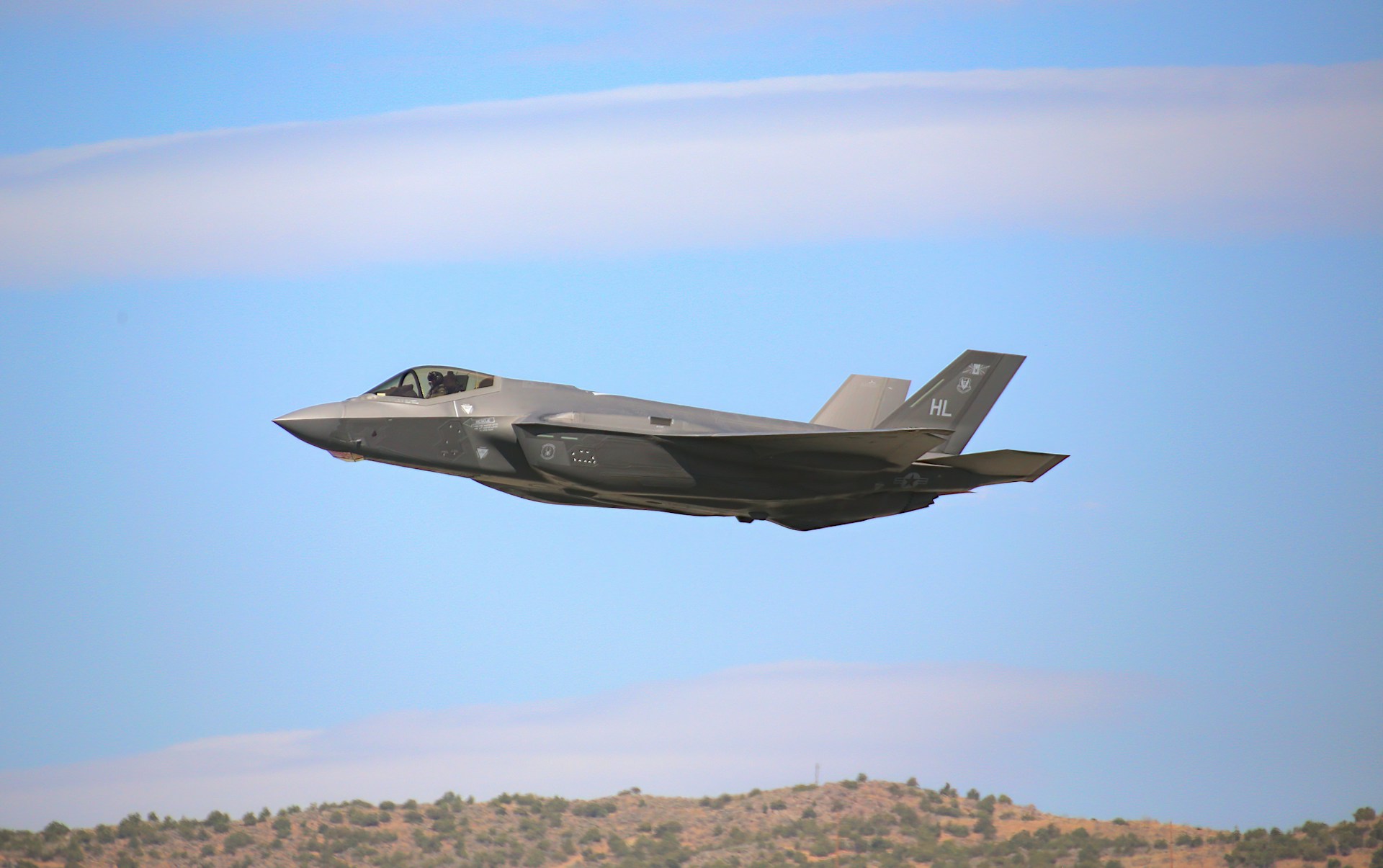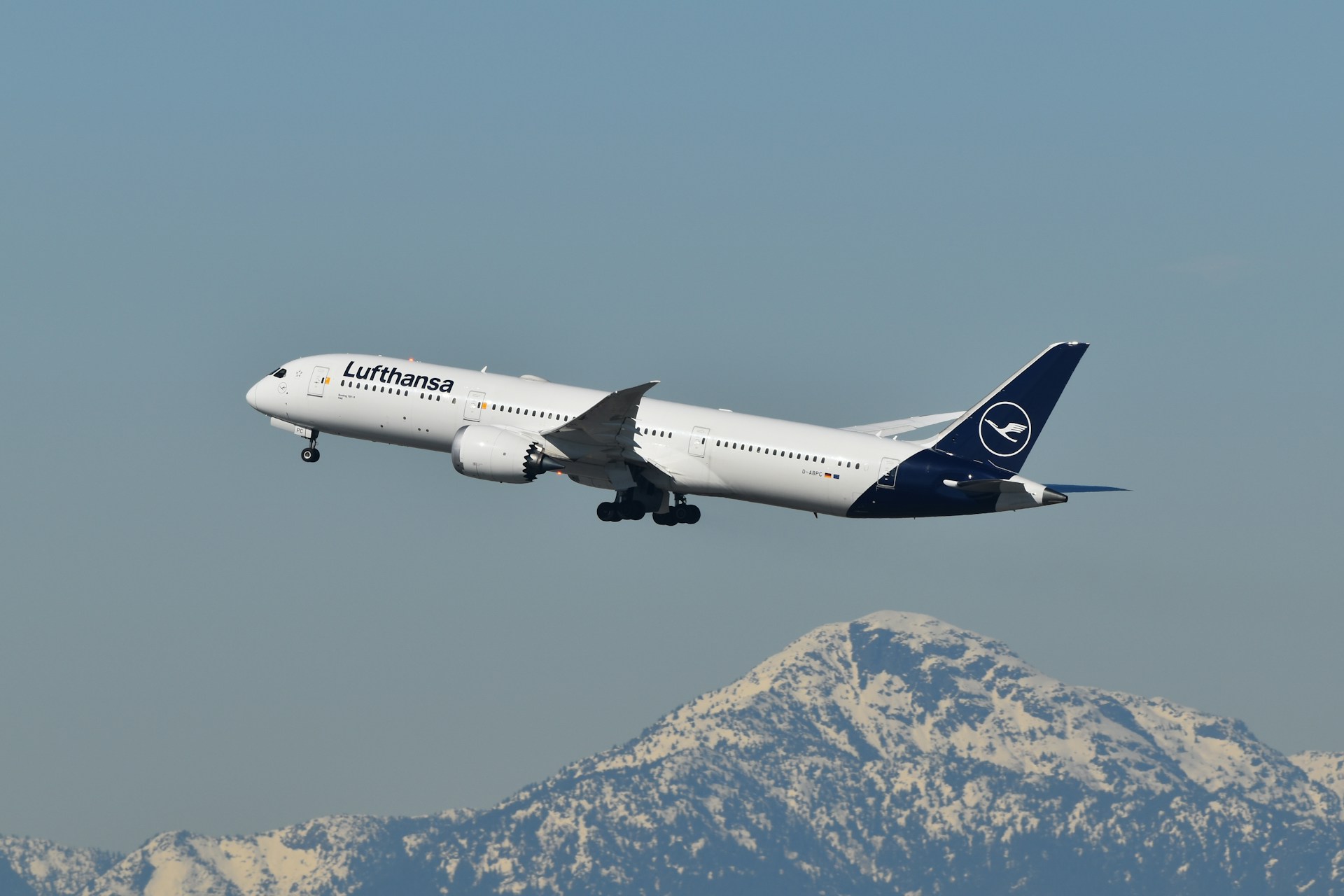Key Takeaways
- President Trump’s plan for large-scale Boeing defense orders signals renewed government backing for the company’s military division.
- Turkey’s potential return to the F-35 program could restore billions in lost contracts and strengthen NATO’s integrated defense posture.
- Boeing’s portfolio—including the F-15EX Eagle II and F/A-18 Super Hornet—could gain momentum from expanded U.S. and international contracts.
- The convergence of U.S. defense procurement and NATO alliance restructuring reflects broader geopolitical realignments in military aviation.
- Turkey’s exclusion since 2019 disrupted supply chains and weakened NATO cooperation in the Eastern Mediterranean; reintegration would reverse those effects.
Trump Administration Signals Major Defense Industry Expansion
The intersection of U.S. defense procurement and international military cooperation is at a pivotal moment, with potential ripple effects for Boeing, NATO, and the global fighter aircraft market. President Trump’s announcement of large-scale Boeing defense orders signals a new era of government backing for the aerospace giant’s military division. At the same time, reports that Turkey could return to the F-35 Joint Strike Fighter program suggest a significant geopolitical shift within NATO after years of strained relations.
Boeing’s Defense Revival Under New Leadership
Boeing has faced challenges in recent years, from production setbacks to intense competition from Lockheed Martin. Yet Trump’s commitment to a new wave of defense procurement could restore momentum. Expanded contracts may prioritize the F-15EX Eagle II, the F/A-18 Super Hornet, and future-generation fighter projects. These programs not only reinforce Boeing’s competitive stance in the U.S. defense market but also bolster America’s manufacturing base at a time of heightened global security concerns.
The timing is significant. Renewed government support would stabilize Boeing’s defense supply chain, create thousands of jobs across U.S. states, and ensure that skilled aerospace labor remains active even during commercial aviation downturns. It also strengthens Boeing’s ability to compete internationally against European and Asian manufacturers.
Turkey’s Strategic Pivot on the F-35
Turkey’s potential pathway back into the F-35 program represents one of the most consequential developments in NATO defense policy in years. Expelled from the Joint Strike Fighter program in 2019 after its controversial purchase of Russian S-400 missile systems, Turkey lost contracts worth billions and its role as a key supplier in the program’s global production network.
Now, Ankara appears to be reconsidering its alignment. A return to the program would not only repair NATO’s fractured defense cooperation but also reintroduce Turkey as both a customer and a manufacturing hub. For the F-35 program, the move could reduce per-unit costs, restore disrupted supply chains, and expand the alliance’s operational interoperability in the Eastern Mediterranean.

Geopolitical Implications for Defense Cooperation
These parallel developments underscore a broader realignment of international defense strategies. Turkey’s reintegration into the F-35 ecosystem would mend a critical gap in NATO’s integrated defense posture, while Trump’s Boeing-focused procurement reflects a U.S. shift toward fortifying domestic manufacturing and alliance-driven capabilities.
For Boeing, stronger ties with NATO partners mean new opportunities beyond U.S. borders. Expanded fighter contracts diversify its revenue base, reduce reliance on commercial aircraft sales, and increase leverage in global competitions against rivals such as Dassault, Saab, and Russia’s Sukhoi.
Economic Impact Across the Aerospace Industry
Large-scale defense orders have far-reaching economic consequences. Beyond Boeing’s production lines, suppliers of engines, avionics, and electronic warfare systems stand to benefit from predictable long-term contracts. These programs also sustain high-value jobs in research, maintenance, and pilot training across allied nations.
Defense procurement stability provides Boeing with resources to reinvest in both defense and commercial R&D, creating spillover benefits in technology and innovation. In an era of fragile supply chains, such contracts ensure industrial resilience across the aerospace sector.
FAQs
What aircraft would be included in Trump’s Boeing orders?
The orders are expected to focus on Boeing’s defense portfolio, including F-15EX Eagle II fighters, F/A-18 Super Hornets, and potentially advanced variants of existing platforms.
Why was Turkey excluded from the F-35 program?
Turkey was expelled in 2019 after purchasing Russian S-400 missile systems, which NATO and the U.S. viewed as incompatible with F-35 technology security.
How would Turkey’s return affect F-35 program costs?
Turkey’s reentry could lower per-unit costs by expanding the customer base and restoring its role as a key supplier. Originally slated to buy 100 aircraft, Turkey represented billions in program value.
Who are Boeing’s main competitors in military aircraft?
Boeing competes with Lockheed Martin for U.S. contracts, and with Dassault, Saab, and Airbus Defence in Europe. Russian and Chinese manufacturers are also active competitors globally.
How do defense contracts impact Boeing’s commercial division?
Defense contracts provide steady revenue streams that sustain the workforce and support R&D, often creating technology synergies that benefit Boeing’s commercial aircraft programs.
What role does NATO play in procurement decisions?
NATO encourages interoperability among members, often steering purchases toward compatible systems. Joint procurement helps reduce costs and strengthens coordinated defense strategies.
.zip%20-%201.PNG)



